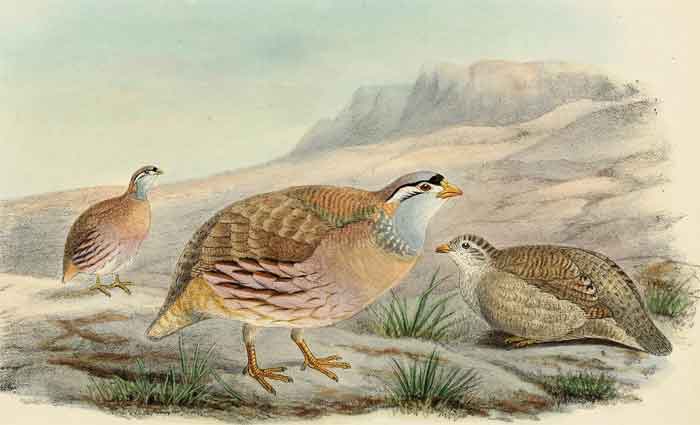
Superregnum: Eukaryota
Cladus: Unikonta
Cladus: Opisthokonta
Cladus: Holozoa
Regnum: Animalia
Subregnum: Eumetazoa
Cladus: Bilateria
Cladus: Nephrozoa
Superphylum: Deuterostomia
Phylum: Chordata
Subphylum: Vertebrata
Infraphylum: Gnathostomata
Megaclassis: Osteichthyes
Cladus: Sarcopterygii
Cladus: Rhipidistia
Cladus: Tetrapodomorpha
Cladus: Eotetrapodiformes
Cladus: Elpistostegalia
Superclassis: Tetrapoda
Cladus: Reptiliomorpha
Cladus: Amniota
Classis: Reptilia
Cladus: Eureptilia
Cladus: Romeriida
Subclassis: Diapsida
Cladus: Sauria
Infraclassis: Archosauromorpha
Cladus: Crurotarsi
Divisio: Archosauria
Cladus: Avemetatarsalia
Cladus: Ornithodira
Subtaxon: Dinosauromorpha
Cladus: Dinosauriformes
Cladus: Dracohors
Cladus: Dinosauria
Ordo: Saurischia
Cladus: Eusaurischia
Subordo: Theropoda
Cladus: Neotheropoda
Cladus: Averostra
Cladus: Tetanurae
Cladus: Avetheropoda
Cladus: Coelurosauria
Cladus: Tyrannoraptora
Cladus: Maniraptoromorpha
Cladus: Maniraptoriformes
Cladus: Maniraptora
Cladus: Pennaraptora
Cladus: Paraves
Cladus: Eumaniraptora
Cladus: Avialae
Infraclassis: Aves
Cladus: Euavialae
Cladus: Avebrevicauda
Cladus: Pygostylia
Cladus: Ornithothoraces
Cladus: Ornithuromorpha
Cladus: Carinatae
Parvclassis: Neornithes
Cohors: Neognathae
Cladus: Pangalloanserae
Cladus: Galloanseres
Ordo: Galliformes
Familia: Phasianidae
Subfamilia: Perdicinae
Genus: Ammoperdix
Species: Ammoperdix griseogularis
Subspecies: A. g. griseogularis - A. g. peraticus
Name
Ammoperdix griseogularis (Brandt, 1843)
References
Bulletin de la Classe Physico-Mathematique, Académie imperial des Sciences. St. Petersburg 1 col.365
Vernacular names
čeština: Koroptev pouštní
English: See-see Partridge
Esperanto: Fajfoperdriko
español: Perdiz gorgigrís
հայերեն: Կաքավ անապատային
slovenčina: Čiľ sivokrký
The see-see partridge (Ammoperdix griseogularis) is a gamebird in the pheasant family Phasianidae of the order Galliformes, gallinaceous birds.
This partridge has its main native range from southeast Turkey through Syria and Iraq east to Iran and Pakistan. It is closely related and similar to its counterpart in Egypt and Arabia, the sand partridge, Ammoperdix heyi.
This 22–25 cm bird is a resident breeder in dry, open and often hilly country. It nests in a scantily lined ground scrape laying 8-16 eggs. The see-see partridge takes a wide variety of seeds and some insect food.
See-see partridge is a rotund bird, mainly sandy-brown with wavy white and brown flank stripes. The male has a grey head with a black stripe through the eye and a white cheek patch. The neck sides are speckled with white. The head pattern is the best distinction from sand partridge.
The female is a very washed-out version of the male, and is more difficult to distinguish from its relative due to the weak head pattern.
Usually it is seen in pairs or, at the most, in flocks of two to four birds. But flocks of more than fifty birds have also been seen.[2]
When disturbed, see-see partridge prefers to run rather than fly, but if necessary it flies a short distance on rounded wings. The song is a whistled hwit-hwit-hwit.
References
BirdLife International (2016). "Ammoperdix griseogularis". IUCN Red List of Threatened Species. 2016: e.T22678652A85924042. doi:10.2305/IUCN.UK.2016-3.RLTS.T22678652A85924042.en. Retrieved 11 November 2021.
Khaliq, Imran; Babar, Muhammad; Riaz, Maria; Khan, Aleem Ahmed (July 2010). "Genetic diversity in see-see partridge (Ammoperdix griseogularis, Galliformes) populations from sub-Himalayan Mountain ranges of Pakistan" (PDF). Retrieved 8 May 2013. [permanent dead link]
Pheasants, Partridges and Grouse by Madge and McGowan, ISBN 0-7136-3966-0
Retrieved from "http://en.wikipedia.org/"
All text is available under the terms of the GNU Free Documentation License

